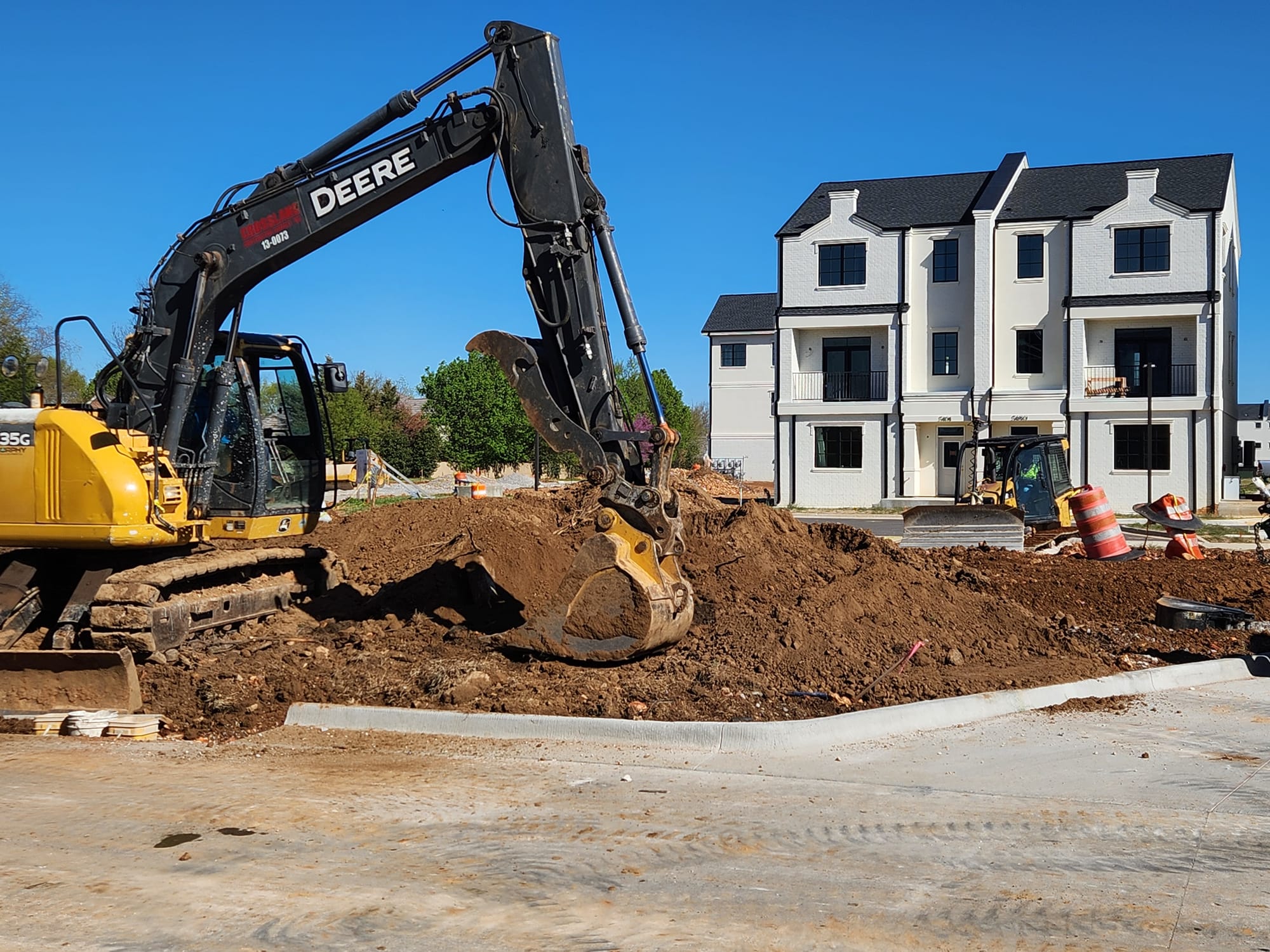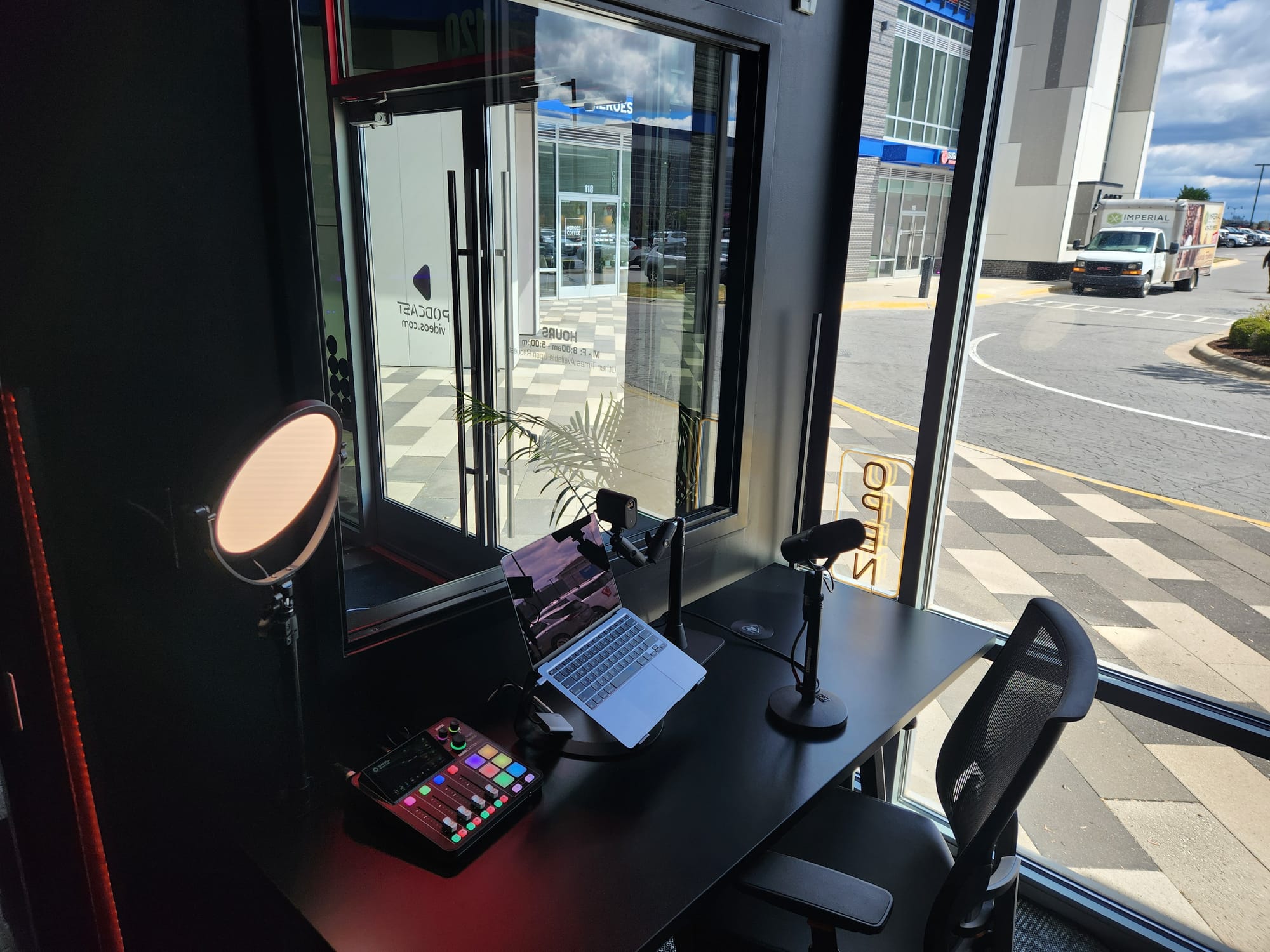A look at strategies for noise reduction

We jumped on the latest post from Niall Mackay, because it hits very close to home.
Mackay, founder of Seven Million Bikes Podcasts, offers up his tips for reducing background noise while recording. Here, we will summarize his tips and add in a few that we've picked up in our first few months in the studio.
The background (not the noise):
Seven Million Bikes refers to Mackay's location in Saigon, Vietnam, where the popularity of motorcycles and scooters made for an annoying background track as he recorded his podcasts.
Our studio space ran into a similar issue (fewer vehicles, but noisier ones) when the city commenced a major construction project on the intersection outside. Think dump trucks, excavators, bulldozers and chainsaws- all banging merrily away less than 100 feet from the nearest microphones.
(The headliner picture isn't a stock image; it was taken right outside the PodcastVideos.com studio.)
The lessons:
Sometimes you just need to record somewhere else. (Mackay)
Try to avoid recording at peak hours (Mackay)
Install white noise generators in studio to cut background pickup (Ours)
Avoid mechanical noise from appliances, phones, keyboards, etc (Mackay)
Install soft-close toilet seats in studio bathrooms. Yes, really. (Ours)
Minimize host-created noise, like tapping fingers, heavy breathing or drinking. (Mackay)
Invest in quality mics, mixers and audio editing software. (combo)
Soundproof, then soundproof some more. (combo)
Our Tips and Takeaways:
Design dedicated space. Our 'showroom' studio below gives potential customers and passing foot traffic a great look at a solo studio layout, but we generally avoid recording there because multiple glass windows let in outside noise as well as create echos from hosts. (Lighting can be an issue too, but that's another topic).

We steer them to similar, but better soundproofed, rooms.
Test and Tune: We are constantly tweaking sound levels. Send a couple employees into a studio to talk, or even drop a cell phone playing music on speaker, to monitor levels.
Know your Editing Limits: Whatever sounds you can't keep out of the mic, you might be able to minimize or remove in the editing process. (Not much help in a livestream situation, though.)
Lean Into It: A good mic will cover the sound of fire trucks a block away, but not the two big dogs in the next room howling at the sirens. Embrace it, make it a part of your appeal. Or even maybe name your podcast company after it. (We're looking at you, Niall...).